We obviously now know to stay away from radioactive materials – people know not to eat too many bananas because eating many millions of bananas can give you radiation poisoning. But radium, discovered in 1898 by Marie and Pierre Curie, was a health fad in the 1920’s. Like how kombucha is popular now, there were […]
The first image of a total solar eclipse was taken in 1851 (169 years ago). Daguerreotypy was used to capture the moment – a process that involves a copper plate with silver on it that is made light sensitive, exposed to light in camera, developed, then preserved. All sorts of chemicals were used and the […]
Rachel Carson is the author of Silent Spring, a book that revealed how humans are inadvertently destroying nature. It actually led to a bunch of regulations to help conserve nature, including the establishment of the Environmental Protection Agency (EPA).She went to college for English then received a Ph.D in zoology from Johns Hopkins. Throughout grad […]
“You should spend more time thinking about the clinical significance of your project.” – a comment I received while presenting my research proposal. Finding relevance to your research is great for getting funding, but if money isn’t a concern then maybe conduct more exploratory research:A study from 2018 found that many impactful medication (80% of […]
While mammals come in a range of colors, birds, reptiles, plants, and fungi cover a wider color spectrum. So we’re stuck having to bleach and dye our hair if we wanted to mimic the colors of bluebirds and paint our lips to attain a color of a toucan’s beak. Which leads us to: why do […]
These are cells that can be found throughout the brain, like in the cortex, hippocampus, and amygdala. They are excitatory cells (vs. inhibitory), meaning they tend to make the neurons receiving its signals more likely to release neurotransmitters (“excited”). Pyramidal neurons can differ a bit in shape and this is thought to represent different subtypes. […]
Stellate ganglions (aka the cell the giant axon in a squid). Most biology students are familiar with this cell since the first recording of neuron’s activity was done with it in the 1930’s (by Hodkin and Hukley who later received a Nobel Prize for the experiment). But why did they use a squid? Because they […]
Saliva! There are so many molecules that make up your saliva. Did you know? Saliva has all sorts of enzymes for helping with digestion, and many may be from bacteria, not our glands! [1] (Apparently, studying the saliva is sometimes called “salivaomics,” and there are some cool research here, like using saliva as an indicator […]



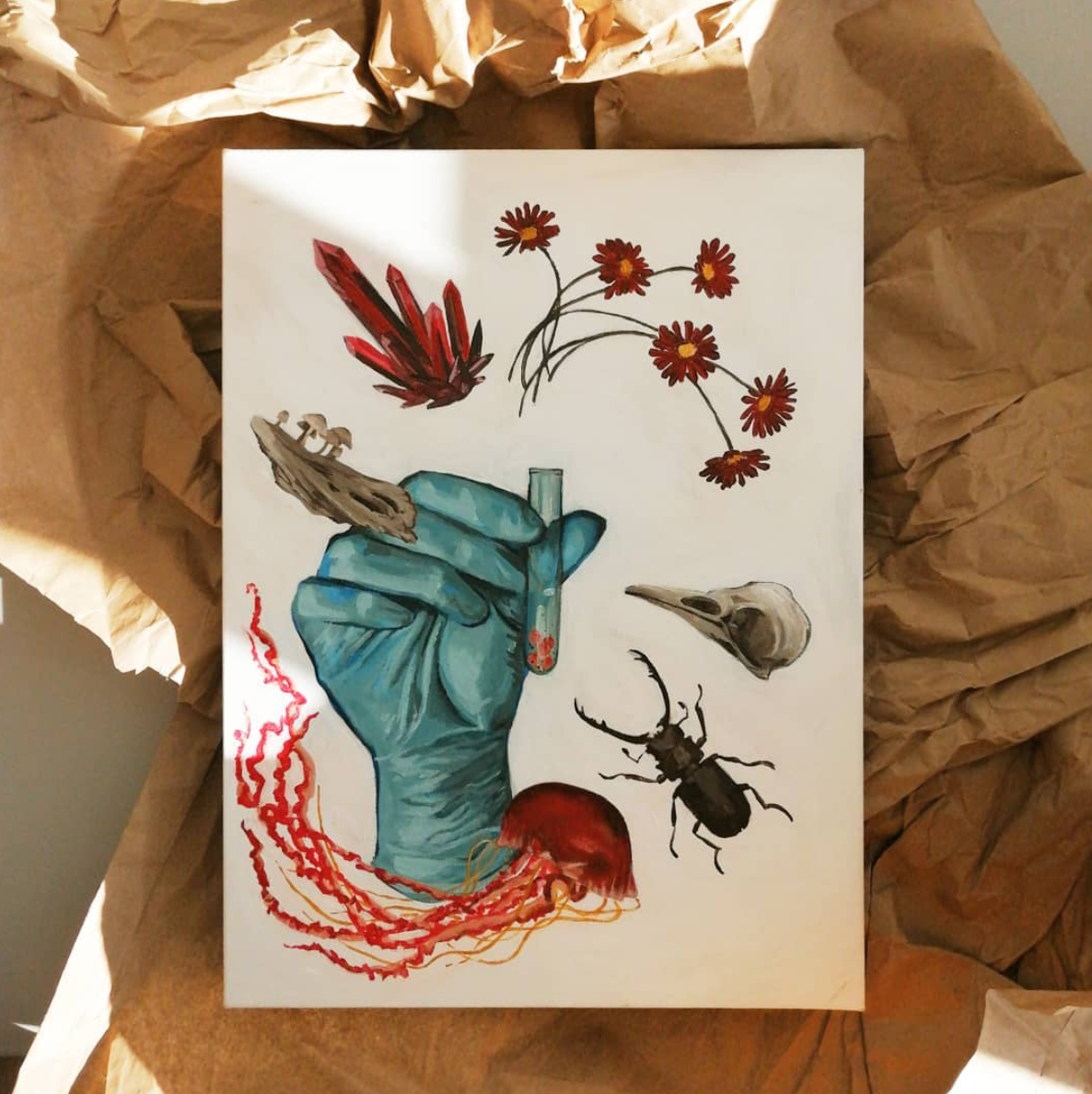
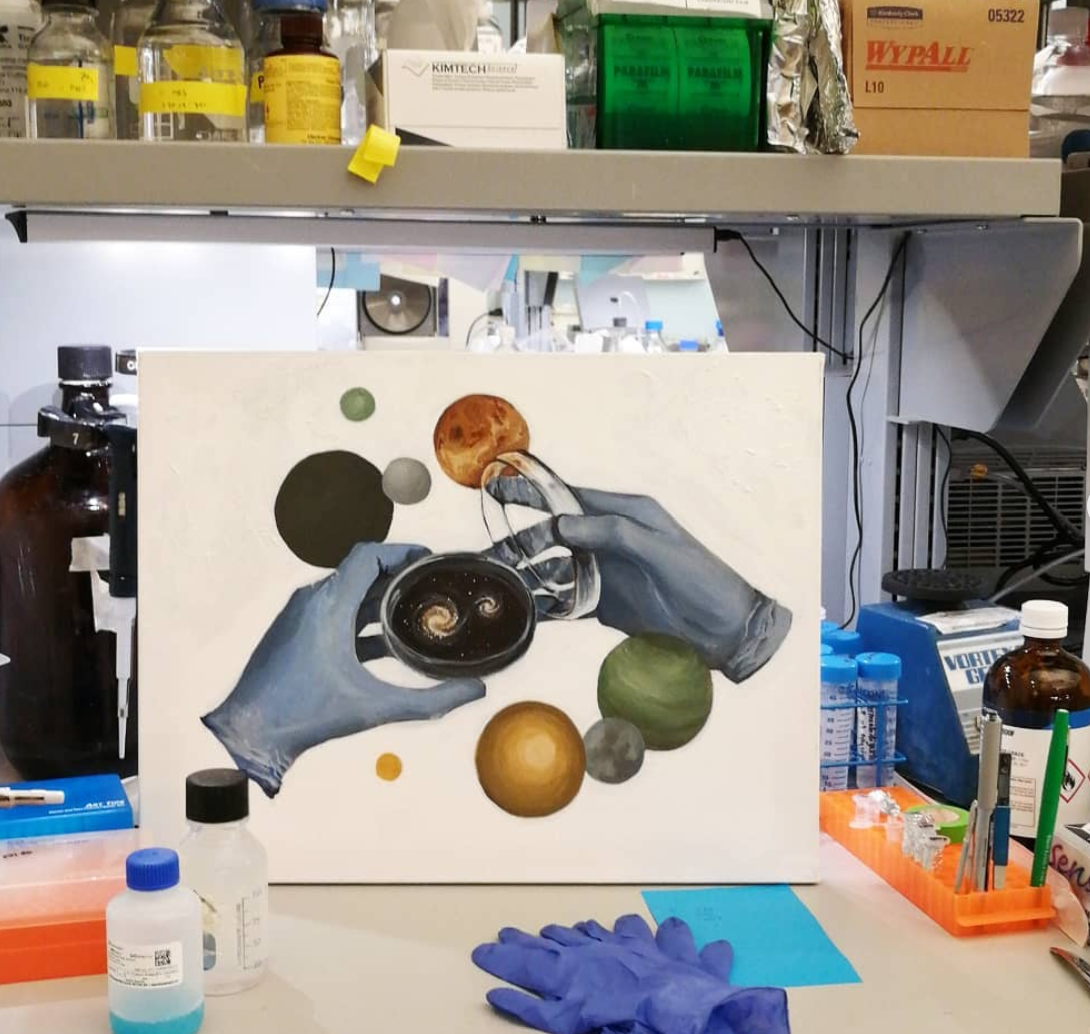
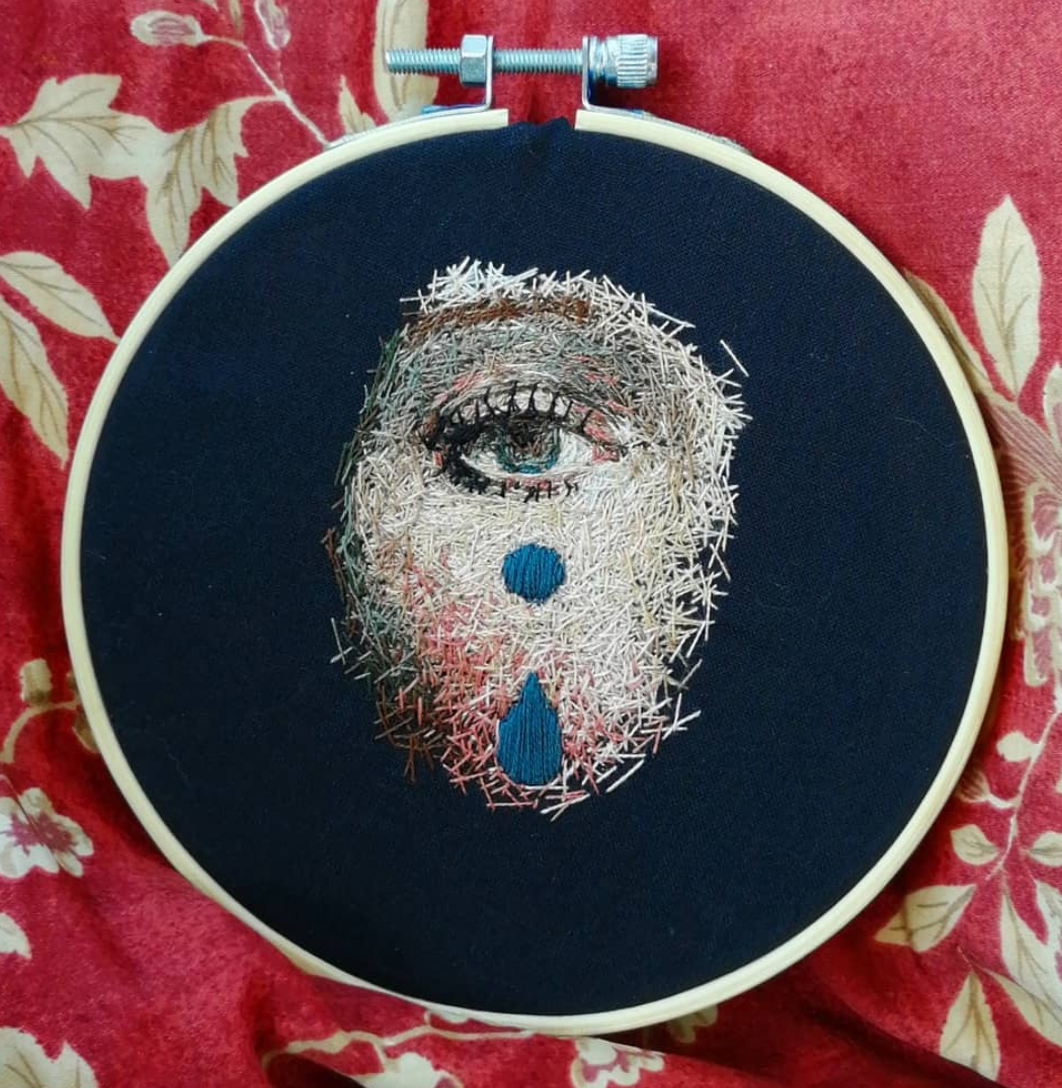

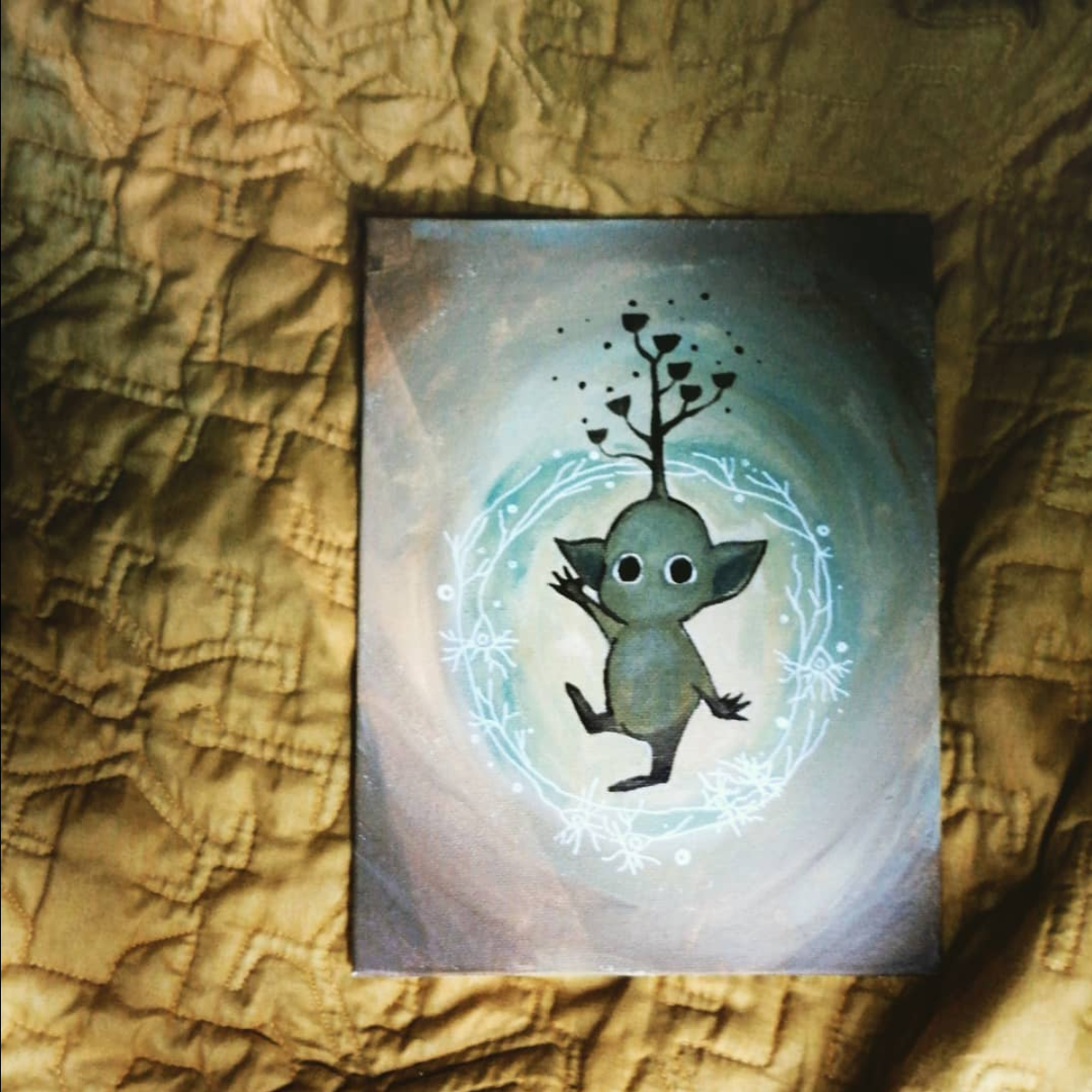
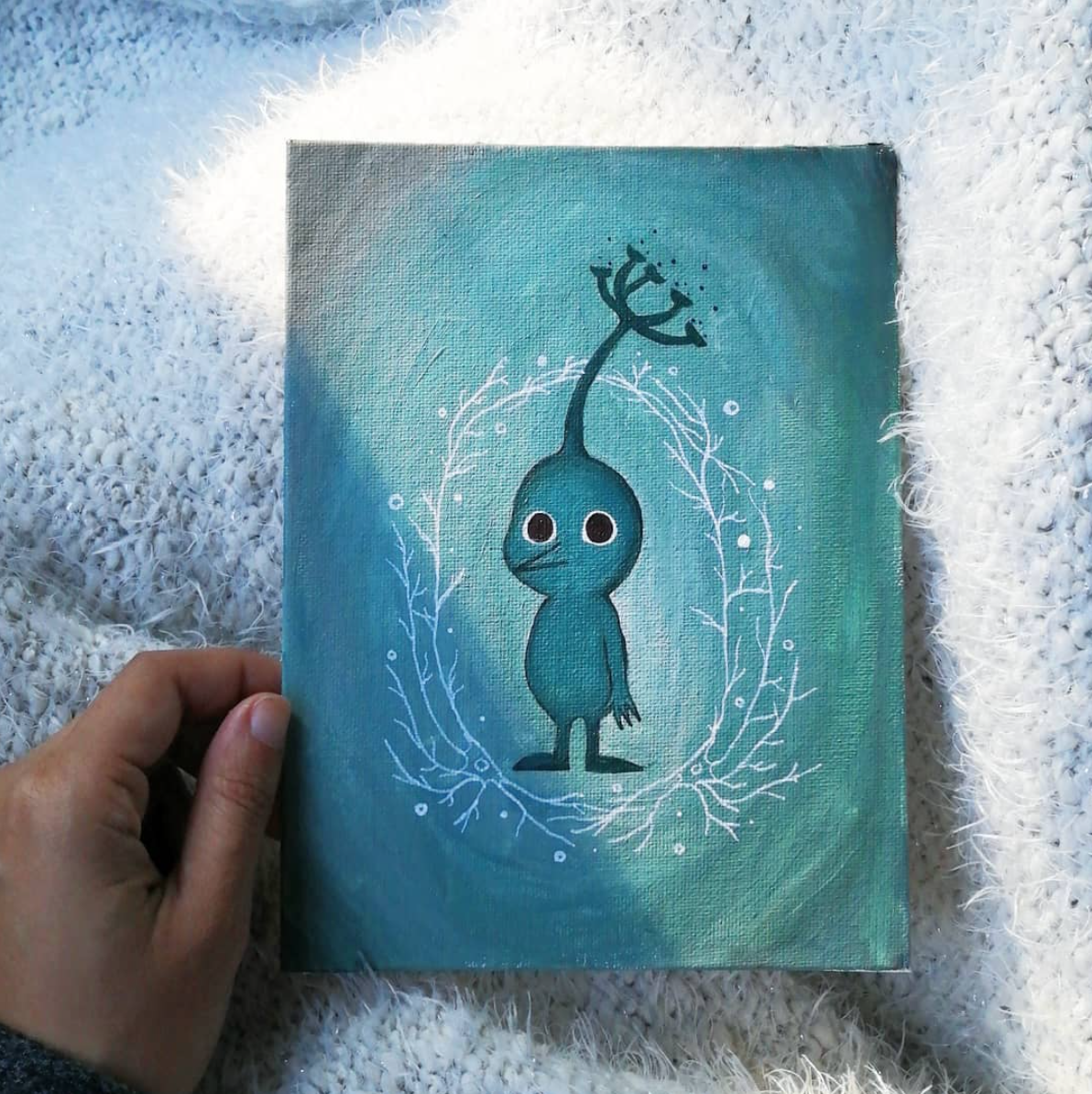

Recent Comments